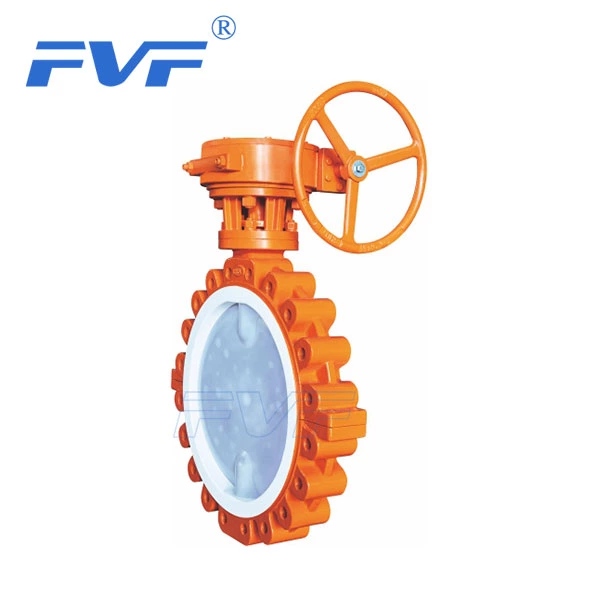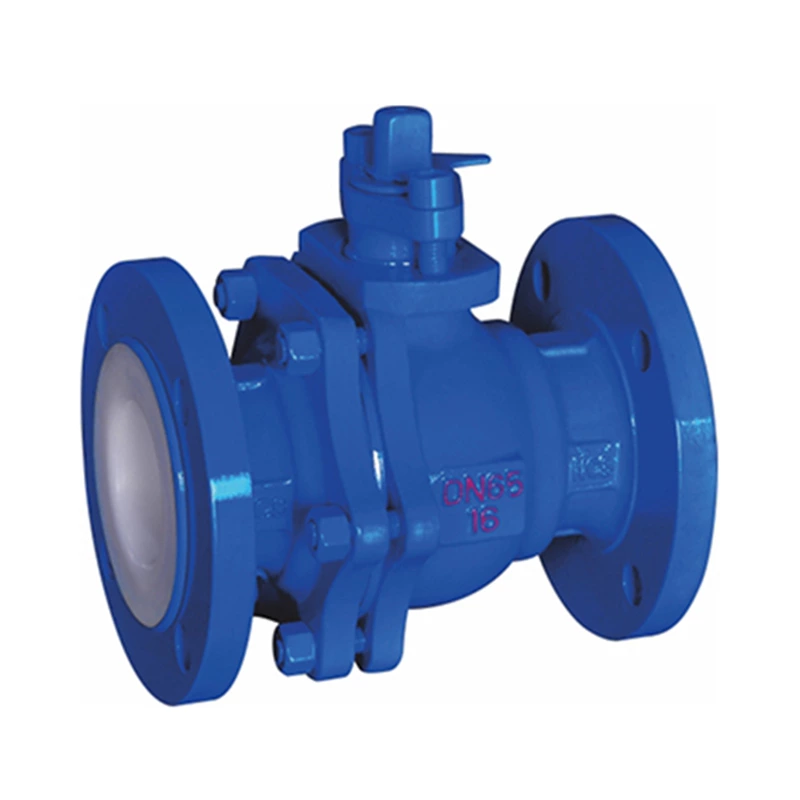Common Installation Errors And Problems Of Fluorine-lined Ball Valves, How To Prevent And Solve Them?
Lined Ball Valve is a commonly used valve, widely used in chemical, petrochemical, metallurgical and other fields. However, when installing fluorine-lined ball valves, some mistakes and problems often occur. The following will analyze common installation mistakes and problems, and propose prevention and solutions.
1. Common installation mistakes and problems of fluorine-lined ball valves
1. Leakage problem: Leakage problems of fluorine-lined ball valves during use may be caused by uneven sealing surfaces, aging or damage of seals, etc. In addition, leakage problems may also be caused by improper installation, such as incorrect installation of sealing rings, and failure to tighten bolts tightly.
2. Sealing surface damage: Sealing surface damage is a common problem, usually caused by rough handling or operating errors during installation. For example, tightening the bolts too hard or exposing the sealing surface to chemically corrosive media.
3. Insecure flange connection: Insecure flange connection may cause leakage or loosening, mainly due to insufficient tightening of bolts or the use of substandard bolts and gaskets.
4. Incorrect installation materials: During the installation of the fluorine-lined ball valve, if incorrect installation materials are used, such as welding materials and bolt materials at the pipe connection parts, it will affect the stability of the valve and even cause installation errors.
5. Improper installation position: The installation position of the fluorine-lined ball valve also has an important impact on its normal operation. If the installation position is not selected properly, it may cause inaccurate flow regulation, limited operation, or even damage to the valve.
2. Prevention and solutions
1. Choose suitable materials: When installing the fluorine-lined ball valve, you should choose suitable installation materials, such as correct welding materials, high-quality bolts and gaskets, etc., to ensure the stability and sealing of the valve.
2. Pay attention to the operation during installation: During the installation process, you need to pay attention to the operation details and avoid rough handling, especially for important parts such as sealing surfaces and bolts, you should handle them with care and do not use excessive force.
3. Equipped with suitable seals: In order to prevent leakage problems, high-quality seals should be selected to ensure their wear resistance and corrosion resistance. At the same time, during the installation process, ensure that the seal ring is correctly and tightly installed in the appropriate position.
4. Ensure the flange connection is firm: Ensuring the firmness of the flange connection is the key to preventing leakage and loosening. During the installation process, the bolts should be tightly fixed, ensuring that the tightening force is moderate, and check whether reliable quality bolts and gaskets are used.
5. Reasonable selection of installation location: When selecting the installation location, the convenience of operation and maintenance of the fluorine-lined ball valve should be considered, such as the convenient operation of the operating lever and the retention of the valve maintenance channel.






